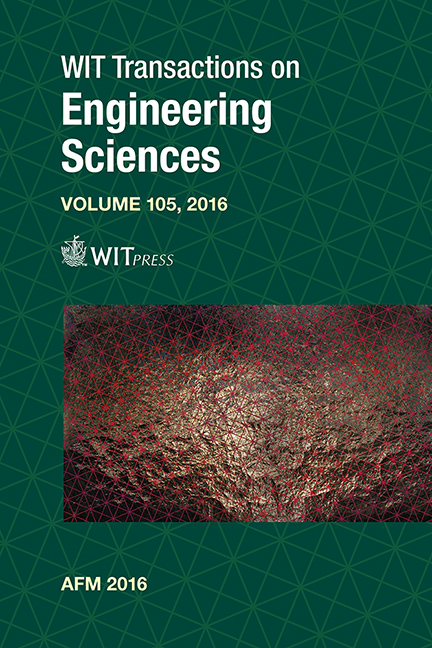Rheological Model Of Dynamic Pupillary Reflex In The Assessment Of The Level Of Autonomic Nervous System Activation
Price
Free (open access)
Transaction
Volume
105
Pages
13
Page Range
187 - 199
Published
2016
Size
1,144 kb
Paper DOI
10.2495/AFM160161
Copyright
WIT Press
Author(s)
K. Różanowski, O. Truszczyński, J. Lewandowski, M. Madeyski
Abstract
The aim of this publication was to adapt a rheological model of Kelvin–Voigt in the description of the dynamic pupillary reflex. The pupillary reflex presents the results of physiological adaptation mechanisms in the human eye, i.e. response of the iris to the changing intensity of light falling on the retina under the condition of sensory deprivation. Pupillary light reflex (PLR) is a closed loop nerve reflex.
The new approach to PLR evaluation presented by the authors consists of adapting the Kelvin–Voigt model to the description of this phenomenon. The authors, for their tests of correct implementation of the model, used data from pilot studies. Research was performed on a group of 10 volunteers in a laboratory environment, at night. The mean age of the study participants was 27 ± 0.4 years. For PLR registration, the F2D Fit-For-Duty system was used. The system provides useful data for shift work or for personnel in high-risk careers.
The PLR measurements were taken for both eyes, which were exposed to a series of five flashes at 30-second intervals. The whole measurement of both eyes was conducted with patients wearing goggles, in order to maintain the same measurement conditions, mostly with regard to accommodation.
Owing to proper implementation of the model, we managed to attain a high level of its adaptation to real data (>90%). The results show their strong correlation, and the model shows high sensitivity to changes in the shape of the reflex curve, caused by sleep deprivation introduced in the experiment.
Keywords
pupillary light reflex, fatigue, rheological model, Kelvin–Voigt model





